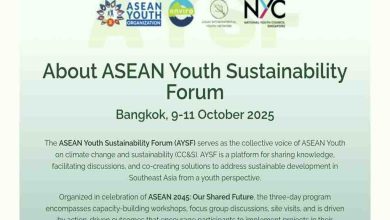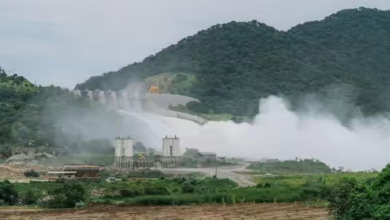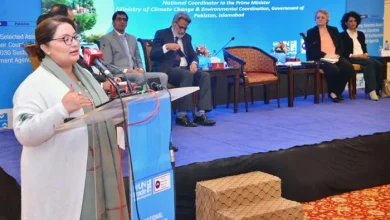Pakistan, China sign MoU for development of water resources, environmental protection
Green Cooptation between Pakistan and China for sustainable development of water resources and environmental protection
Islamabad: Authorities from Pakistan and China have inked a memorandum of understanding (MoU) for bilateral cooperation in the sustainable development of water resources and environmental protection.
According to official sources, this MoU between #ChangJiang WaterResourcesCommission and #Water and Power Development Authority was signed in a ceremony held at Pakistan embassy in #Beijing, capital of China.
Pakistan Ambassador to China, Moin Ul Haque and Vice Commissioner of CWRC, Wu Daoxi signed the cooperation agreement.
Speaking after the signing ceremony, Ambassador Moin Ul Haque told media that this cooperation MOU will pave the way for sustainable development of water resources and environmental protection.
The MoU between China and Pakistan is signed at time when Pakistan is facing severe water shortage that might lead to food insecurity in the county.







